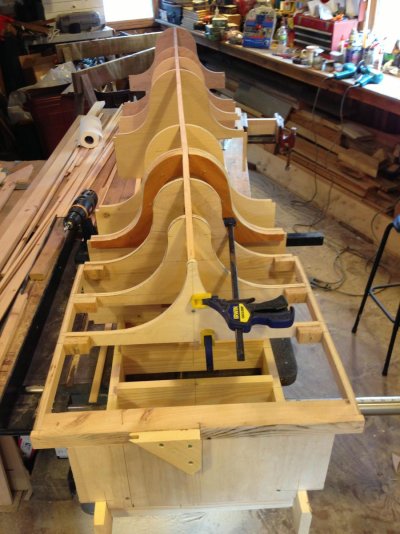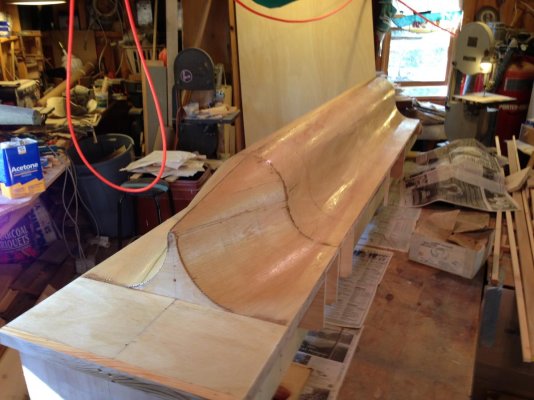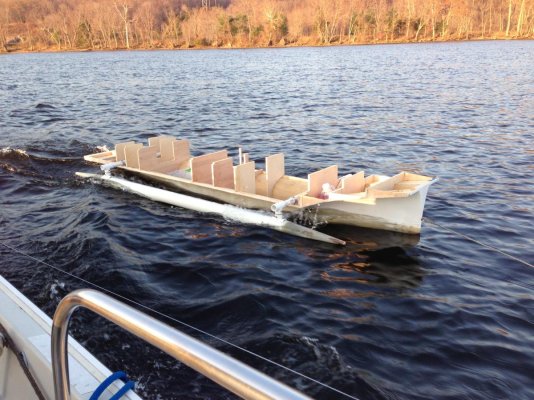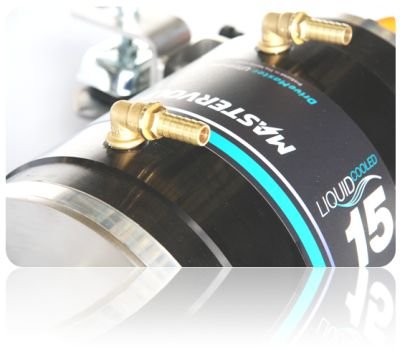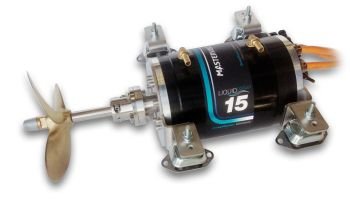Good point. I really can't justify the costs of the changes I'd like now, but in the next two years, my style of cruising will fall into parameters that may make an electric hybrid a good choice. Meanwhile, battery tech improves as does consumption rates of motors and appliances. Sunshine has everything I need right now in a cruising boat except the ability to take Florida sunshine with it wherever it goes.
The reason I'm eyeballing the Aspen asymmetrical cat is because I really like the idea of a design which one could use a bracket-mounted dinghy motor as a reasonable, controllable get-home option, as the boat is intended for a single power plant anyway. The Buzzards Bay is a dream boat (may be a better platform too), but would probably need twins for performance sake. No doubt that it could be a real hybrid contender, but the extra cost is only worth it if one enjoys the performance assets it delivers as-is. I think Aspen is already manufacturing the most economic, reasonable, sale-able platform for a hybrid experiment right now. A close second could be the equally spacious, Polish-built MotorCat 30 which was reported to reach a 10 knot cruise with twin Merc. 9.9's in a UK test, and can be had for something over 110K without the 50 HP outboards they typically wear. I don't know jack about marketing strategy in boats, but the hybrid or electric designs are still pretty exotic. The richest guy I know has a Prius, but his other car is a Rolls Royce. Both are toys.


